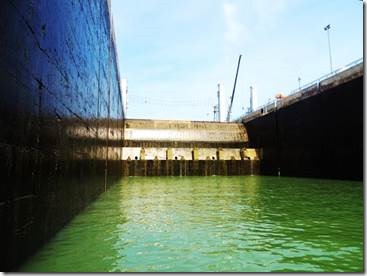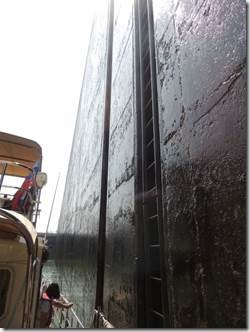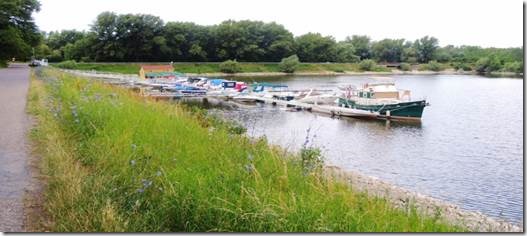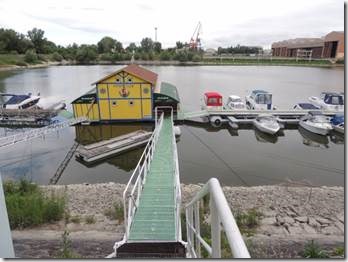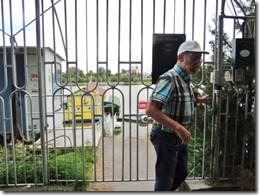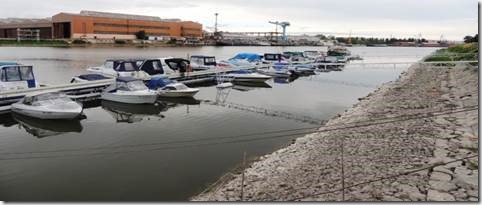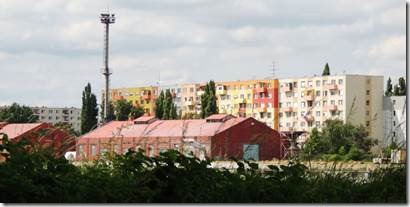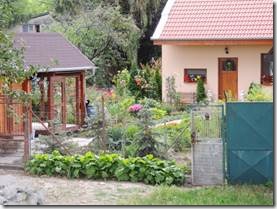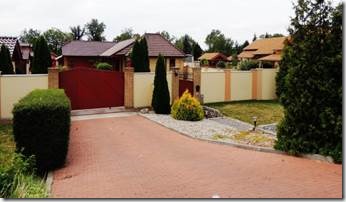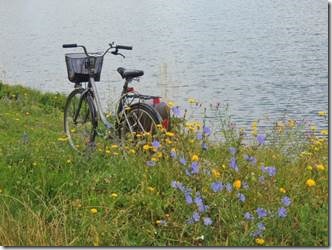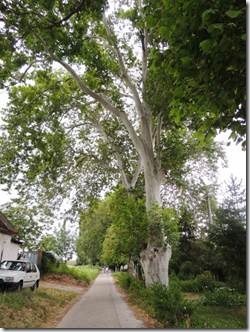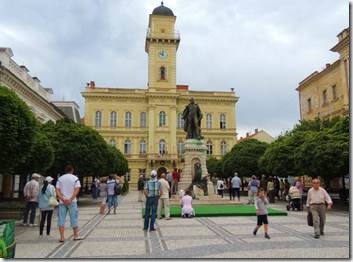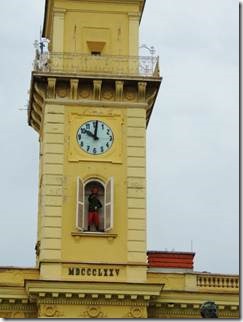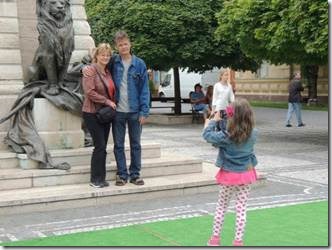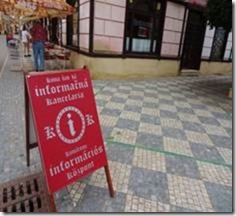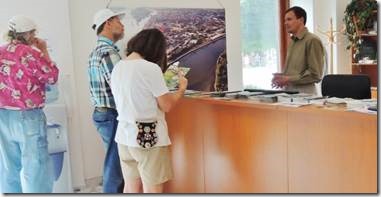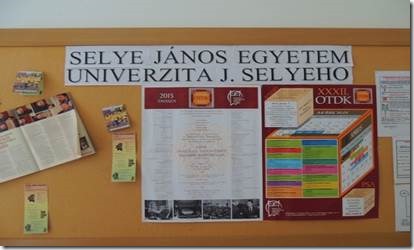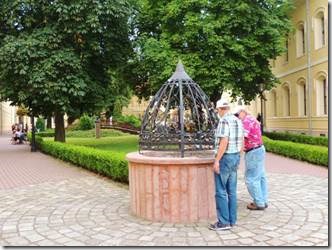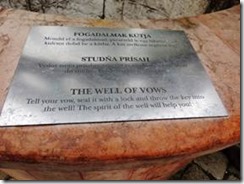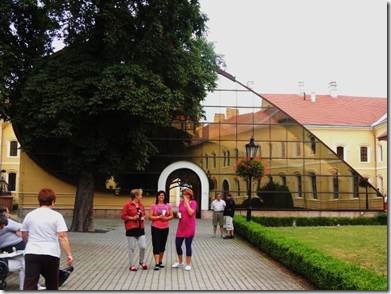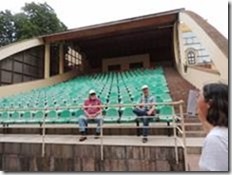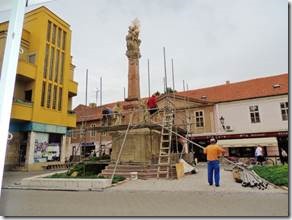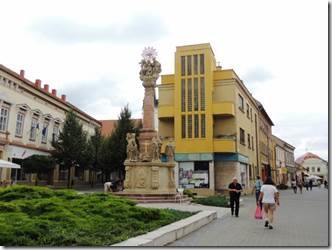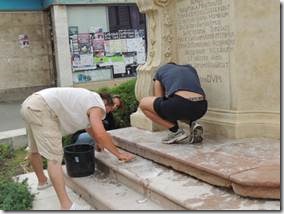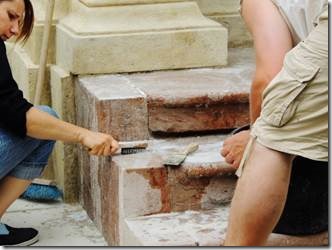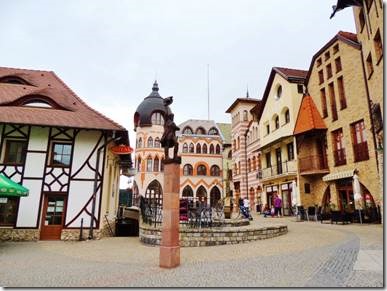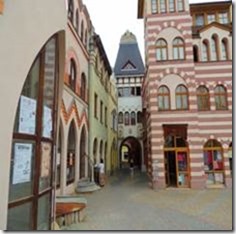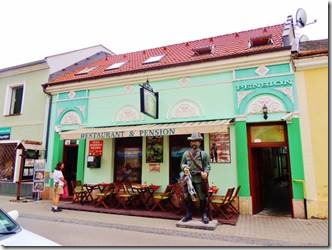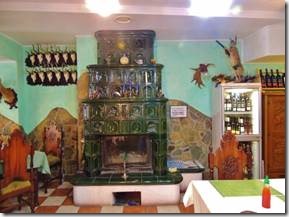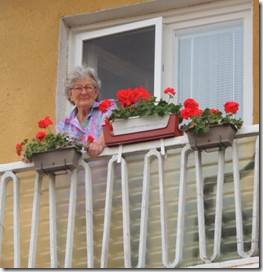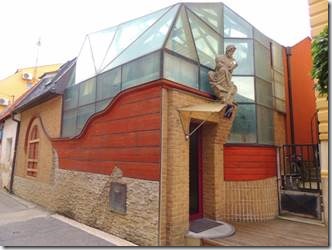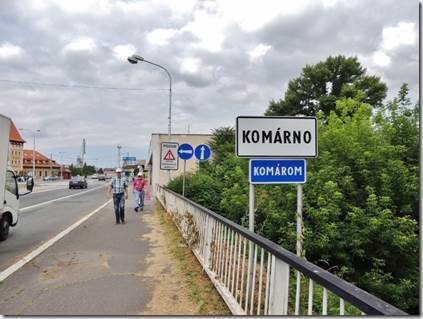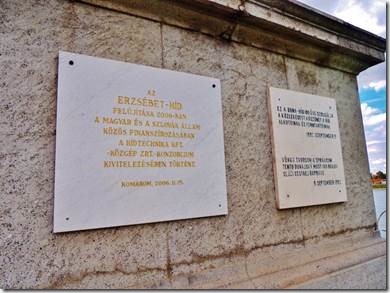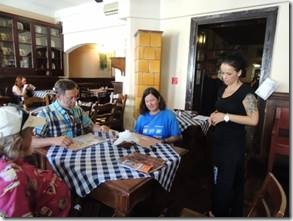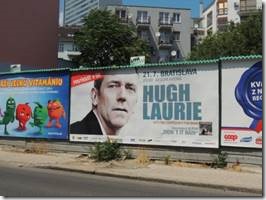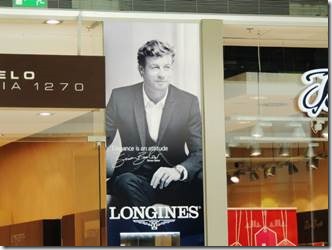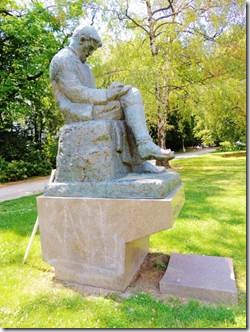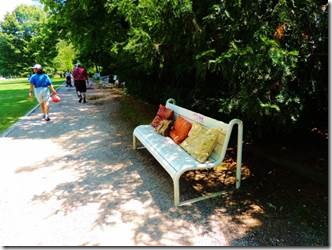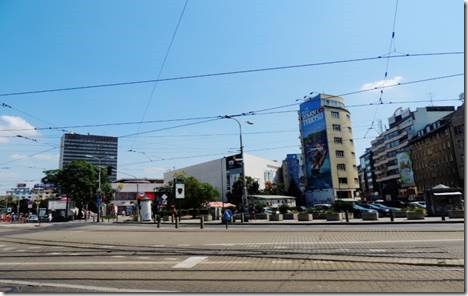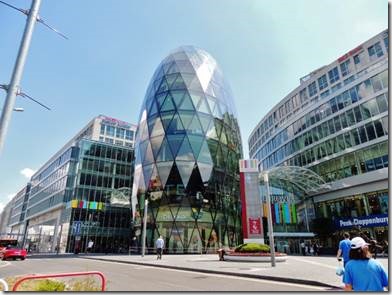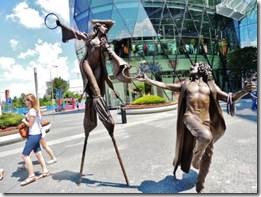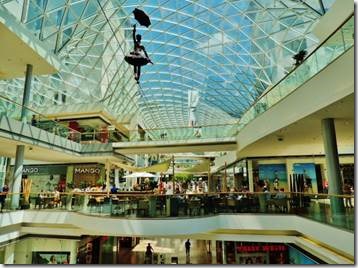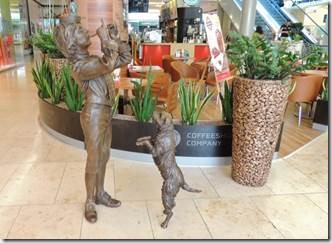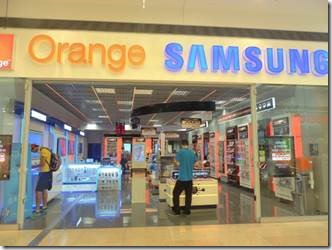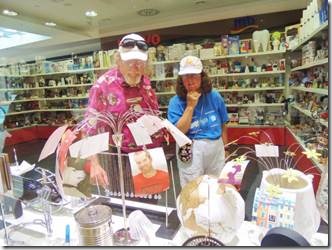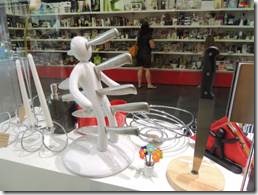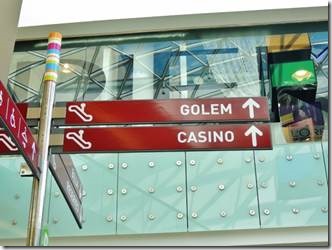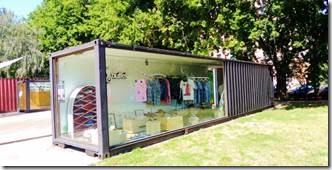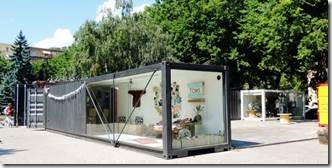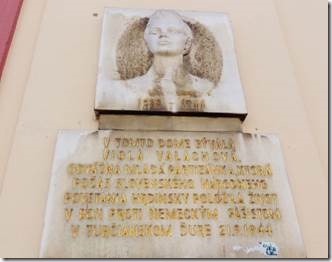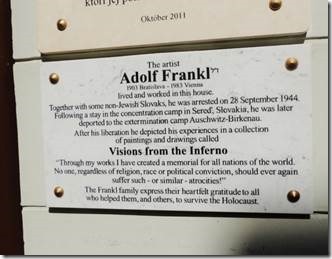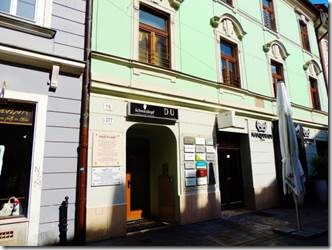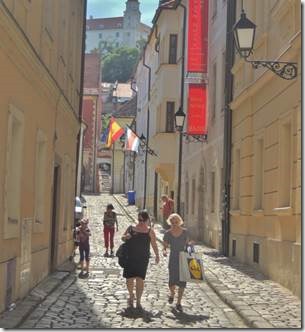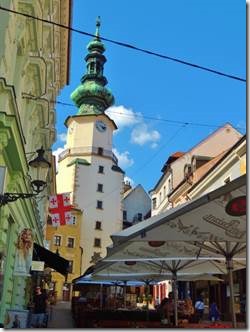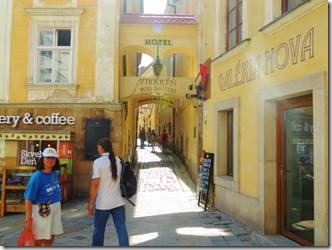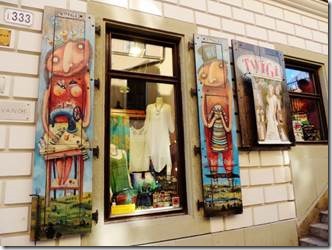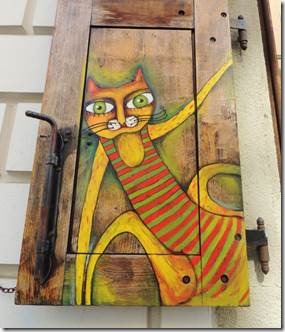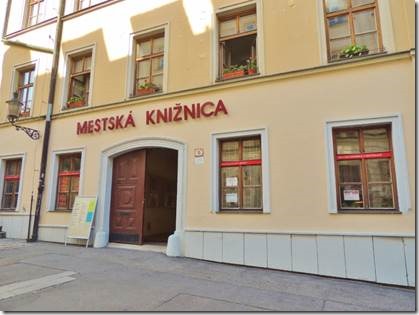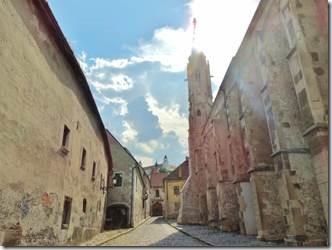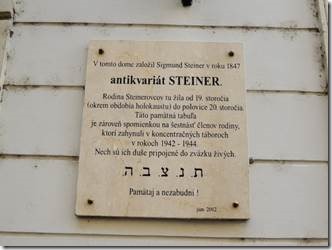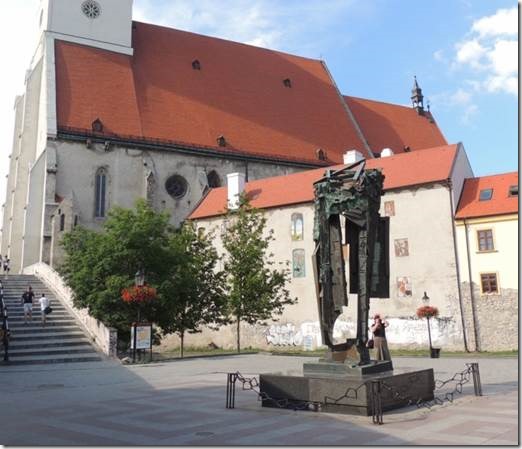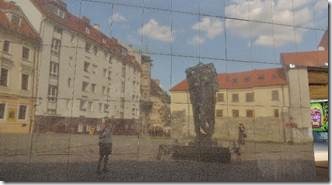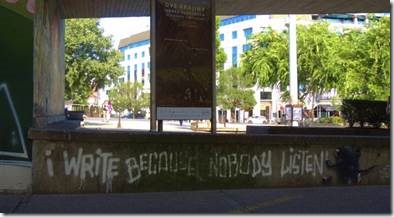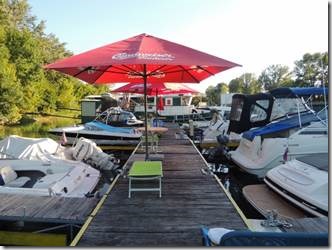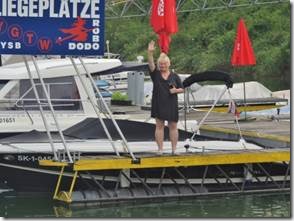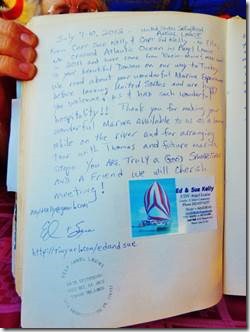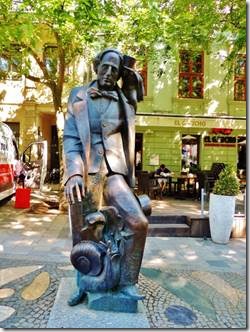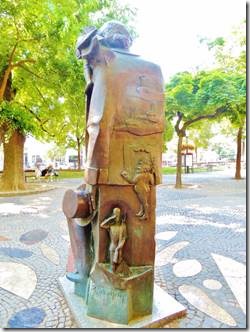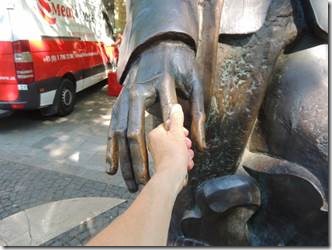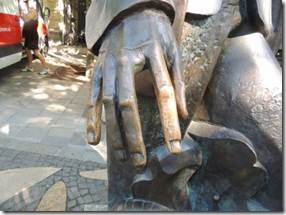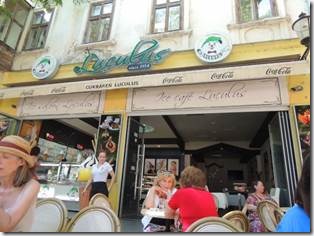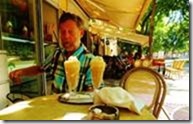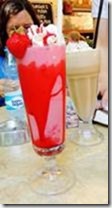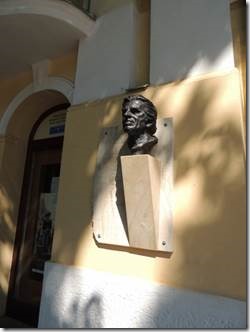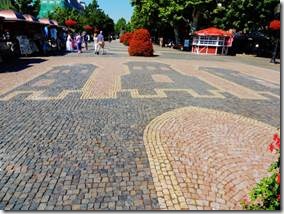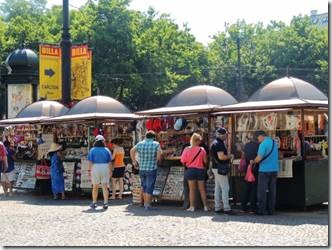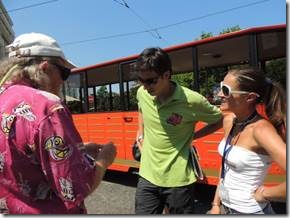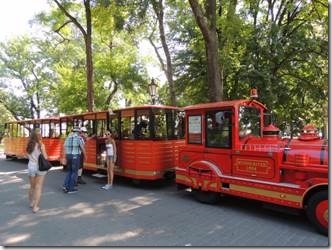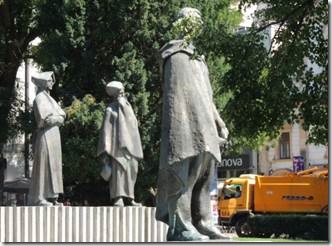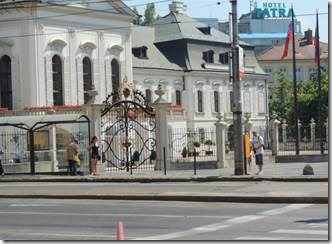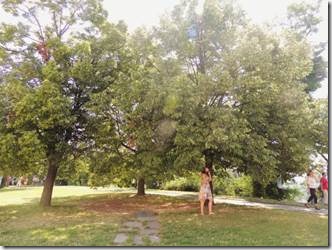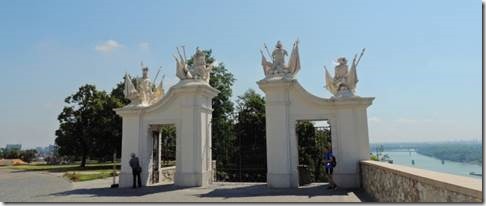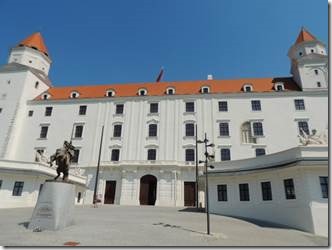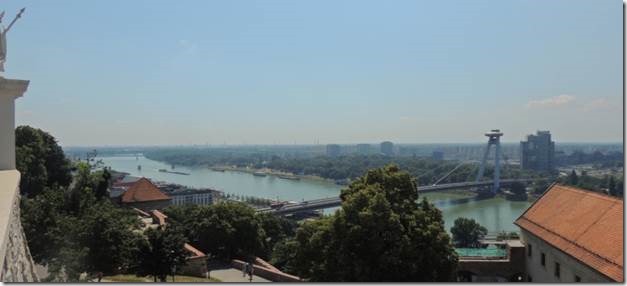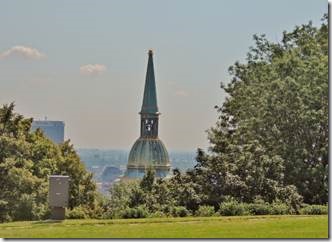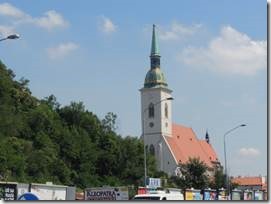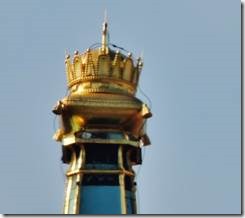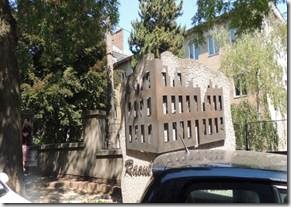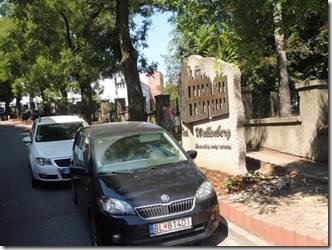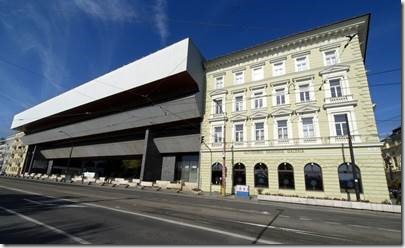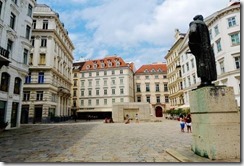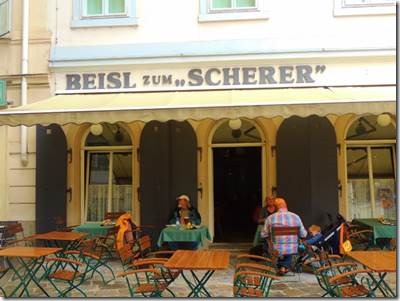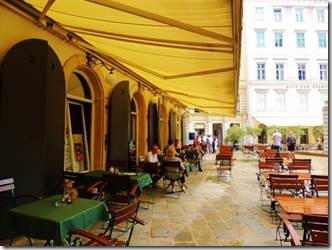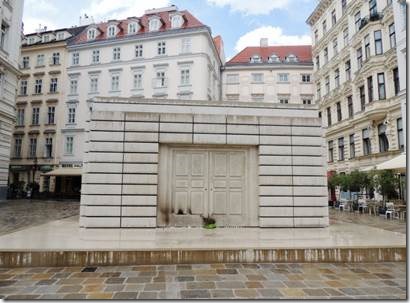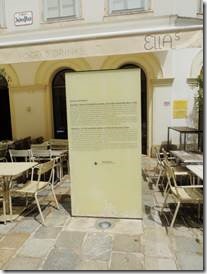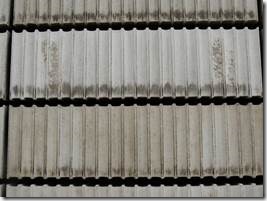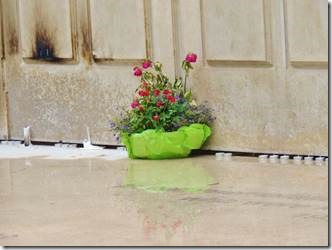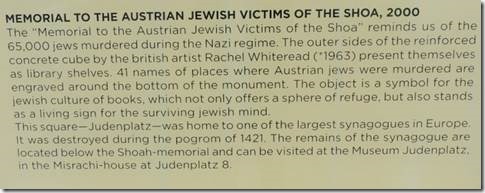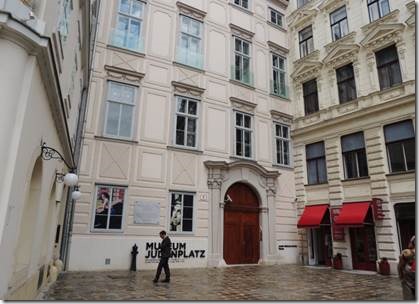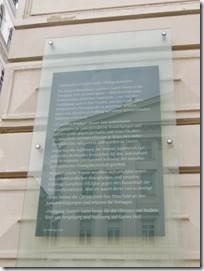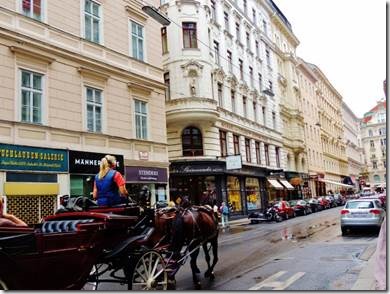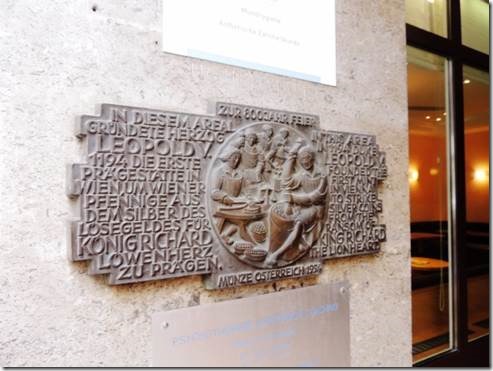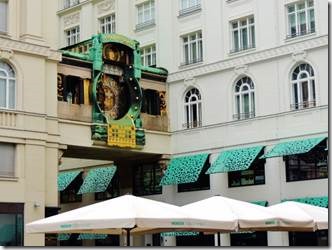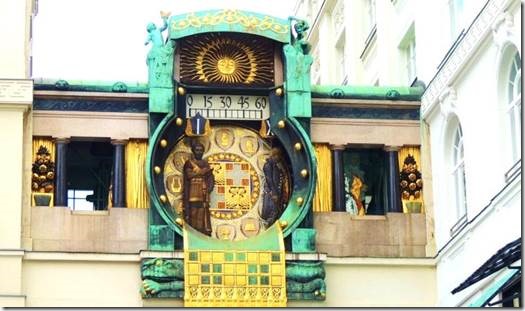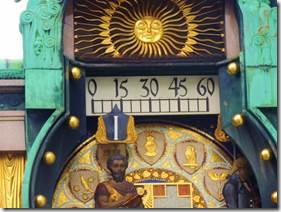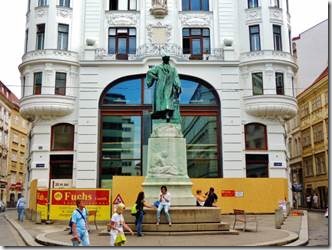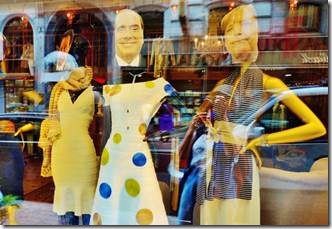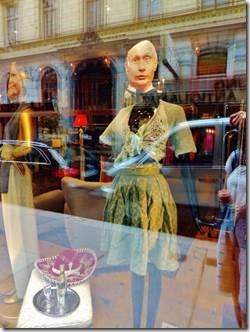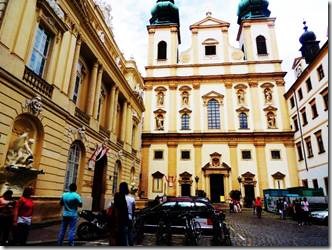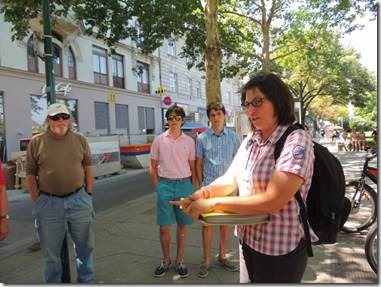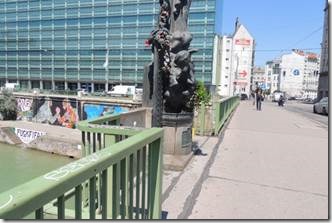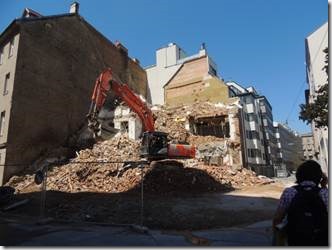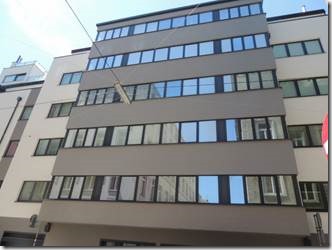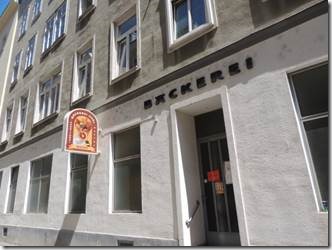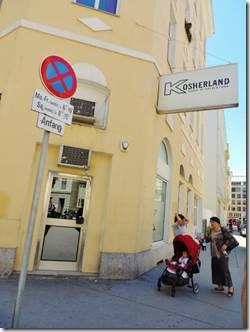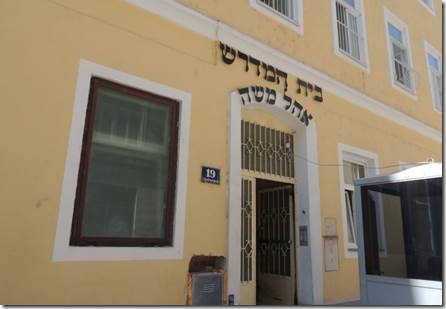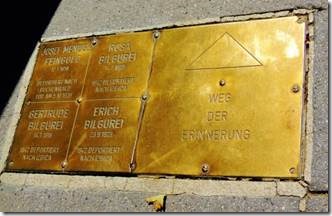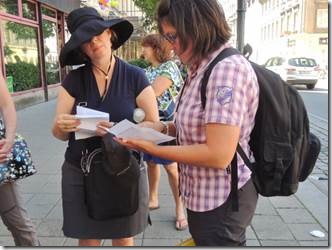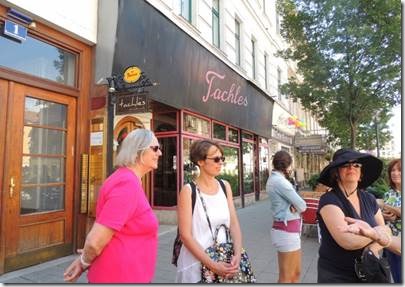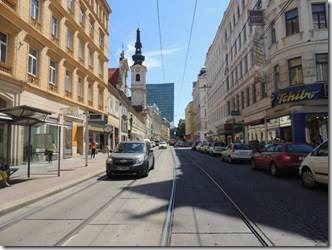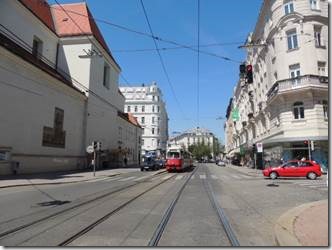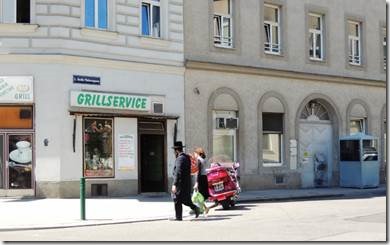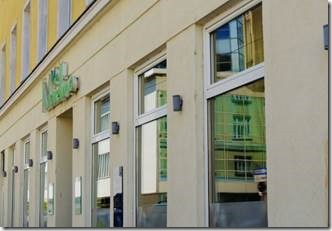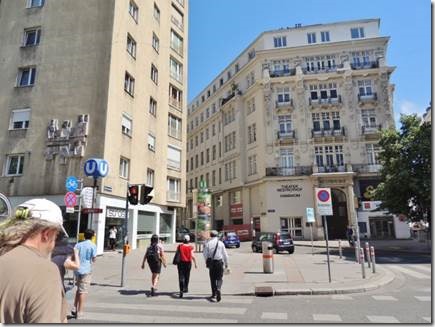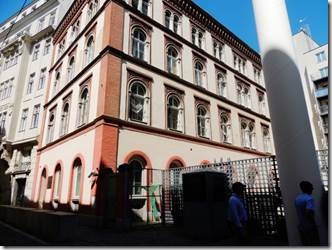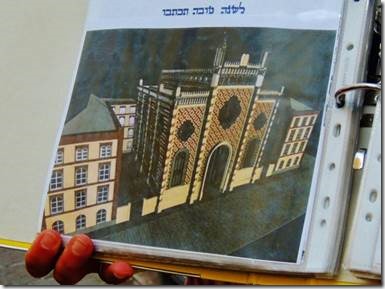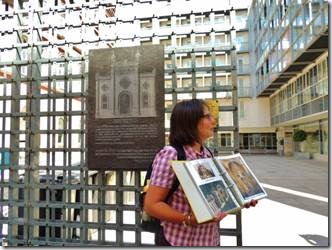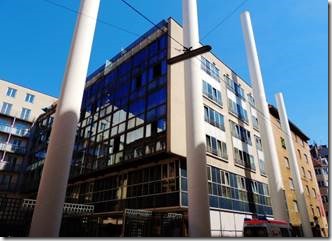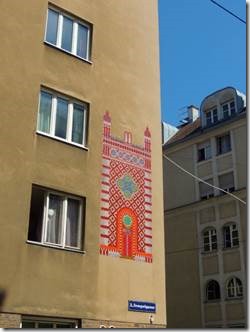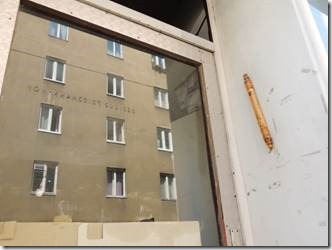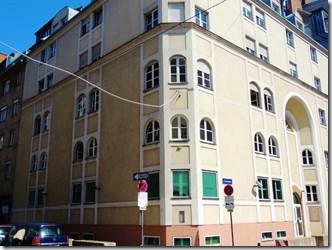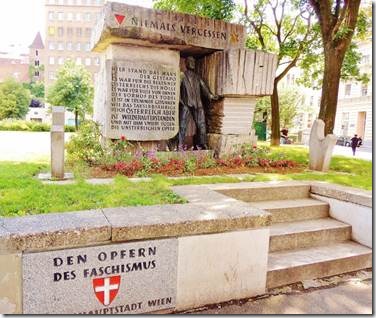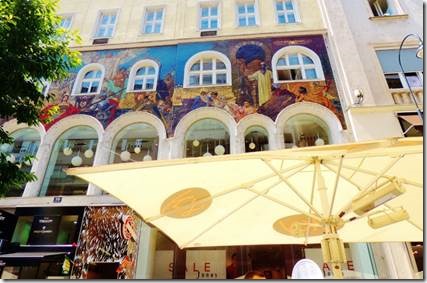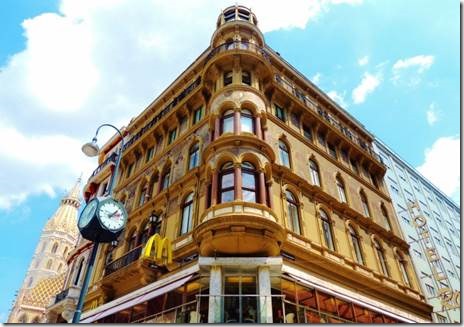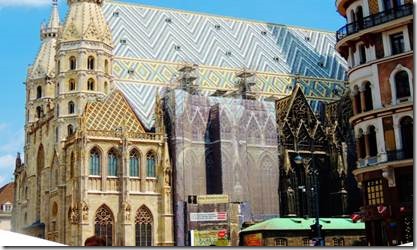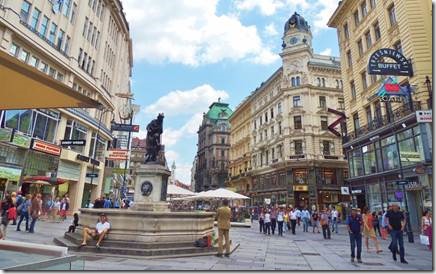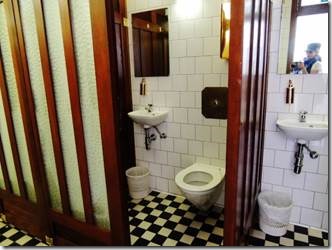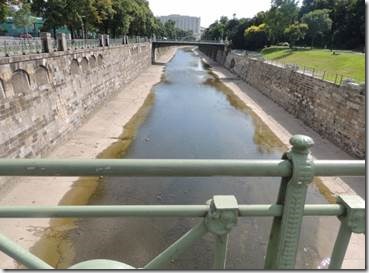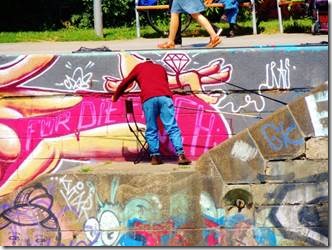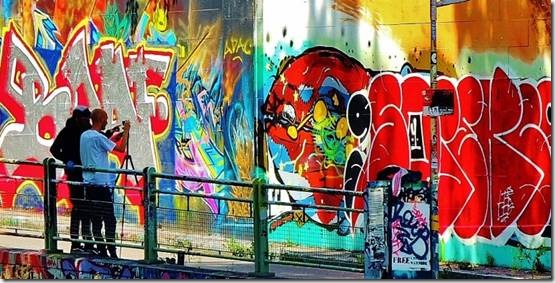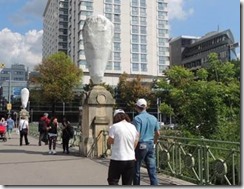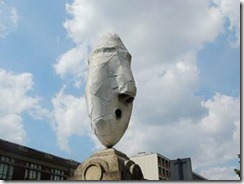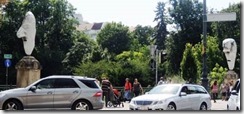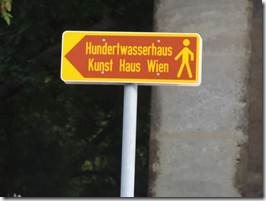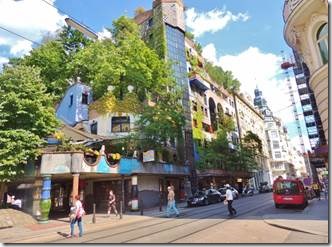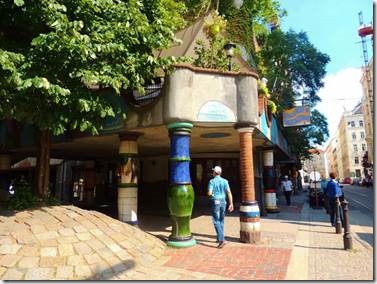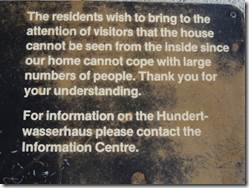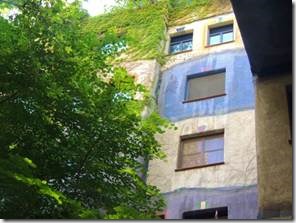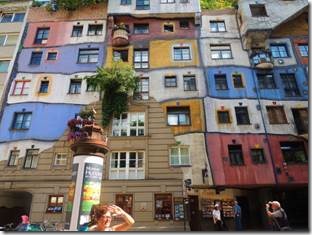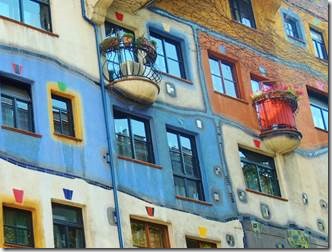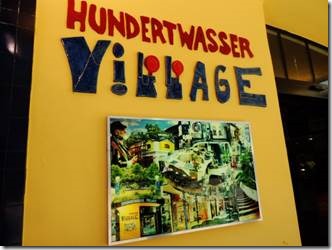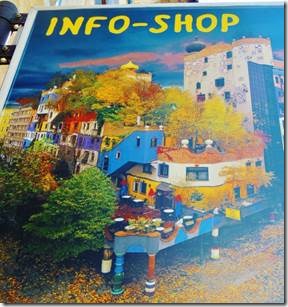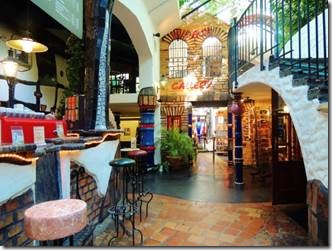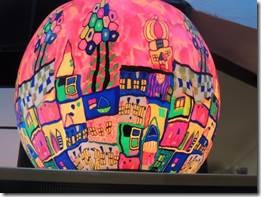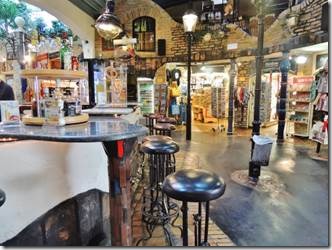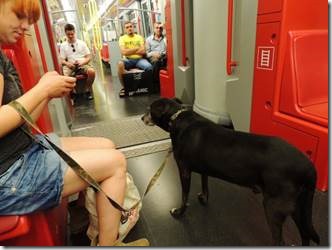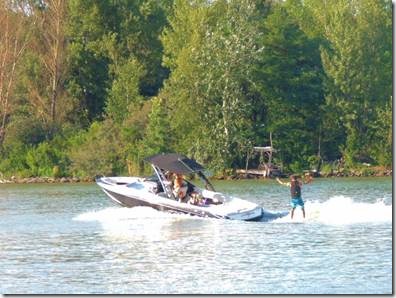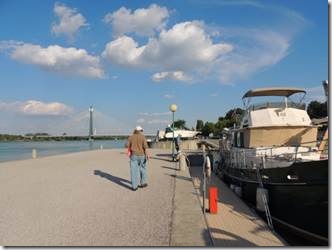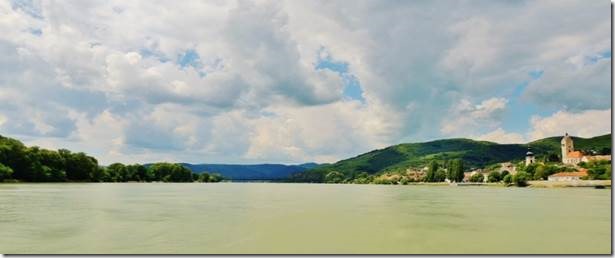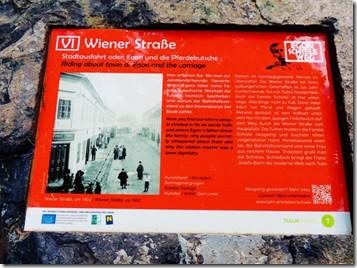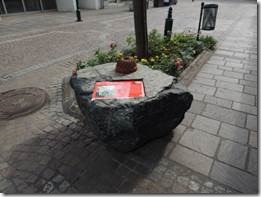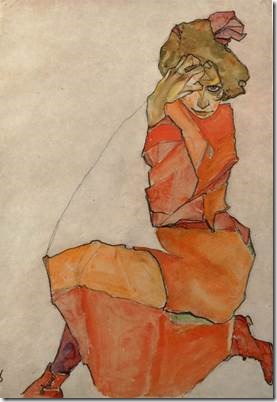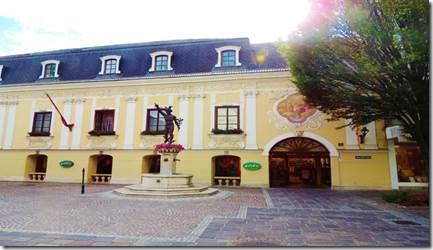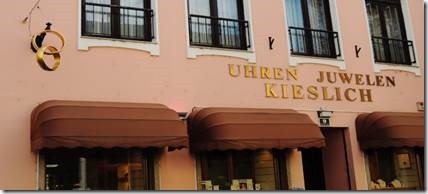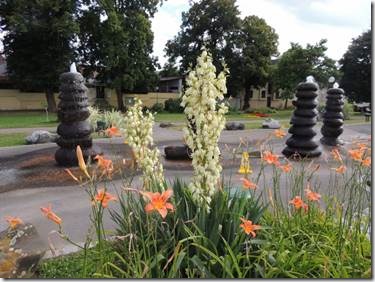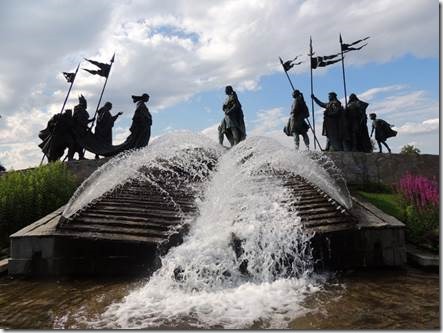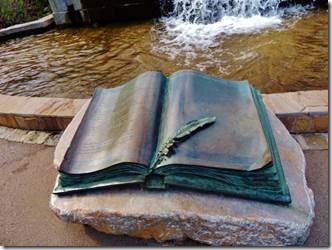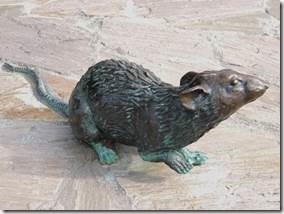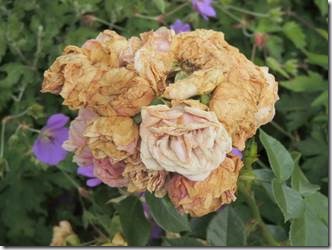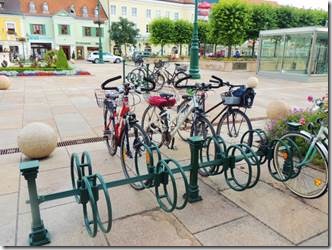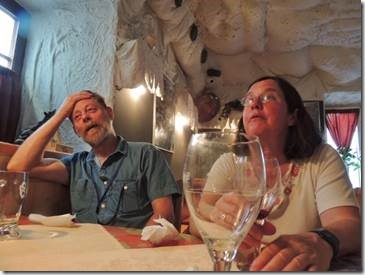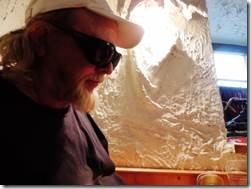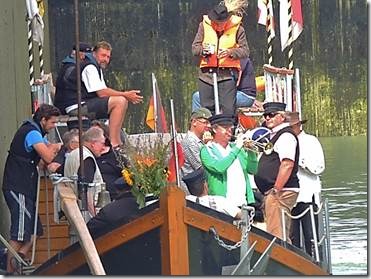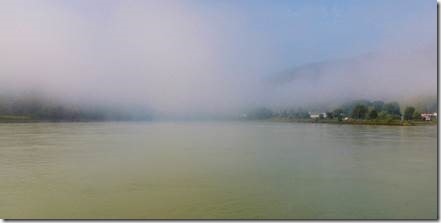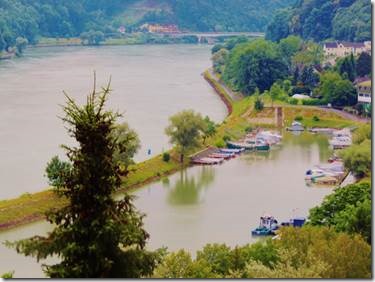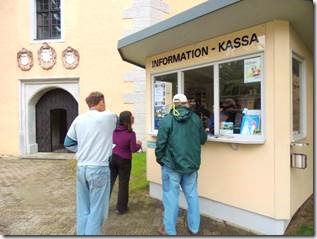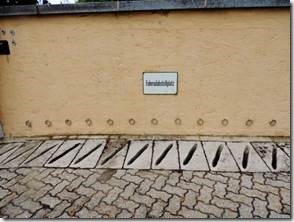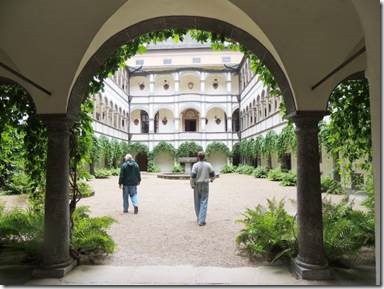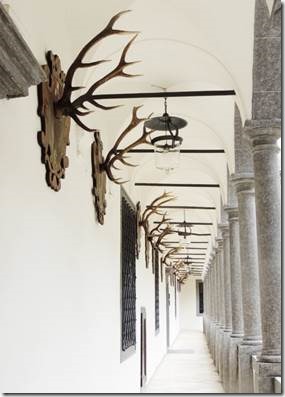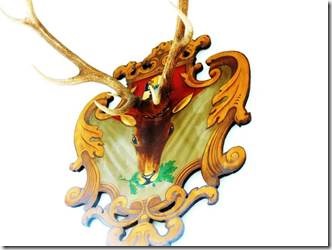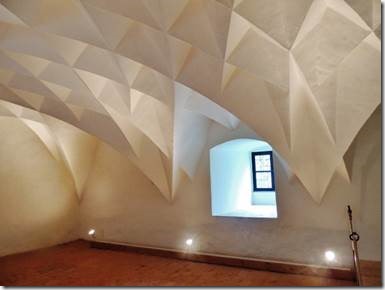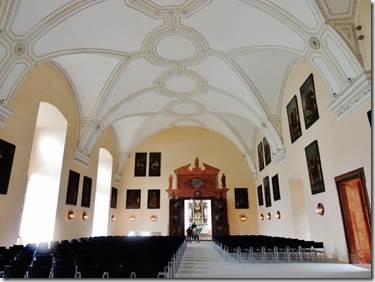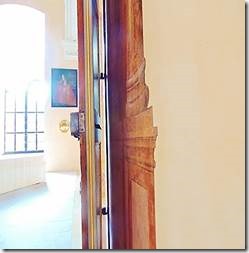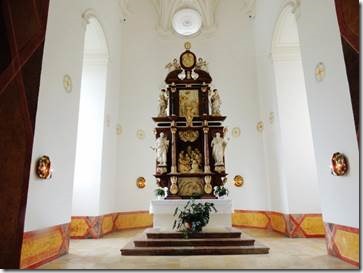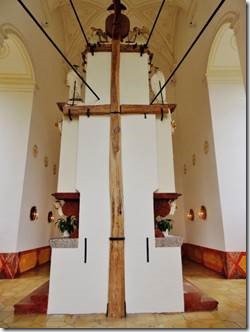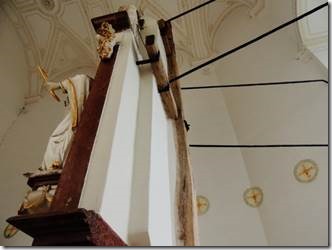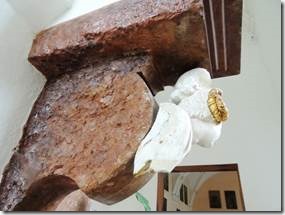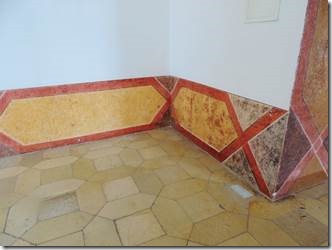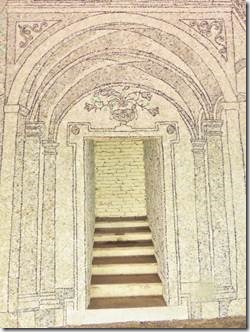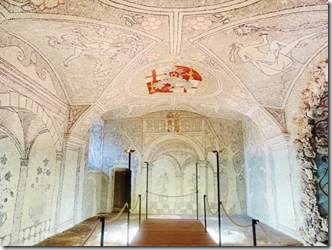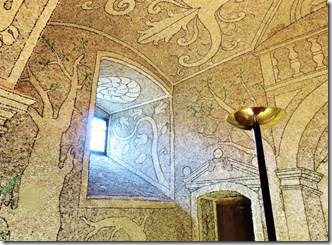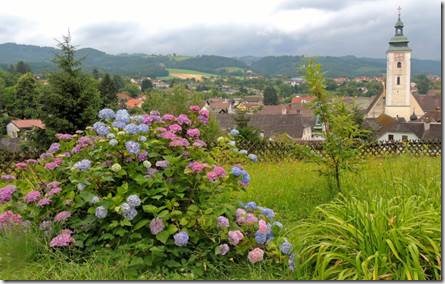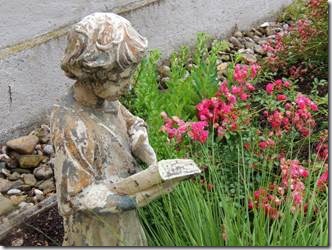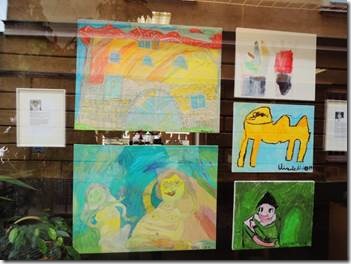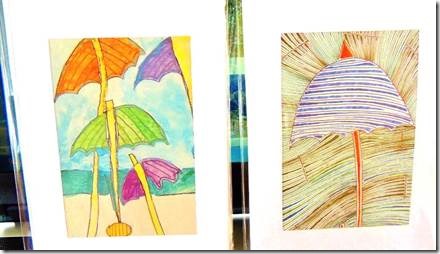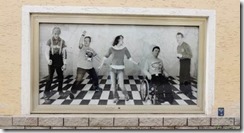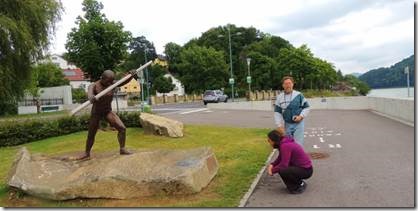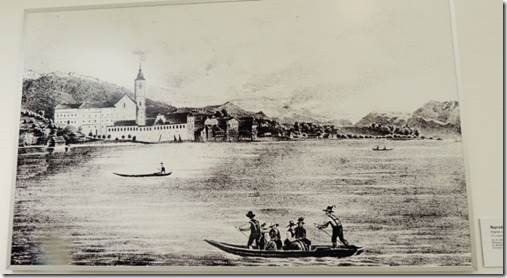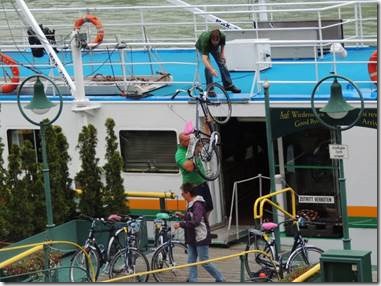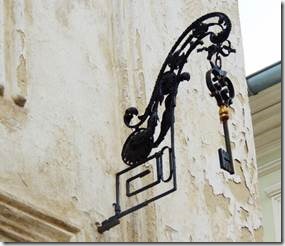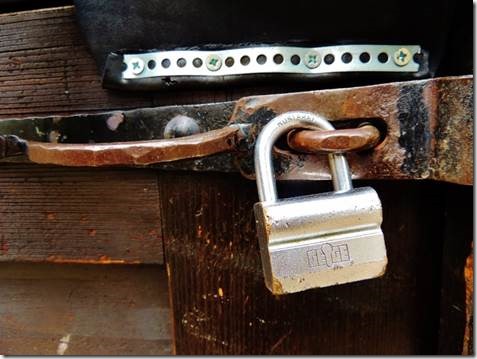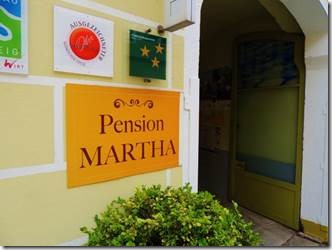Same place is prior email
I’m not doing enough proof reading on this email but I figure “done is better than good” to quote my pal Joesephine.
Ru
Komarno
Why come to Slovakia?
•You will discover scarcely explored destination in a heart of Europe.
•You will avoid crowds of tourists.
•You will feel as an explorer, not as a tourist.
•You will find out Slovakia is not Slovenia.
•Everything is near – Slovakia is Central Europe in your pocket.
•You will visit a country that transforms quickly.
•You will learn a fascinating story of the history of the 20th. century: from the monarchy through to a democratic republic, fascist war state and communist Czechoslovakia up to independent Slovakia in European Union.
•You will experience diversity: from the peaks of Tatras, through the second longest river in Europe, historical mining towns, deep caverns, authentic folklore, up to the cultural life in Bratislava and Košice.
http://slovakia.travel/en/about-slovakia/why-come
I think I agree with all of this! It was a good place to visit.
|
The tallest lock of the entire trip was between Bratislava and Komarno |
|
DoraMac at the end of the pontoon; the only place we could have fit. “Komárno is the seat of the greatest producer of river boats in central Europe and its port is one of the biggest as well.” http://slovakia.travel/en/komarno Across the way look like blocks of the “Soviet style” housing. |
|
Walking from the Yacht Club towards the Old Town took us past some lovely homes and gardens and beautiful tall trees on one side and industrial areas on the other. |
|
The centre of the Danubeland, the town of KOMÁRNO (population 36,800) lies on the confluence of the Váh and Dunaj. It is one of the oldest towns in Slovakia. http://slovakia.travel/en/komarno At noon the soldier comes out of the window and there’s music and lots of cheering. A family making memories. |
|
Very helpful tourist office man. The office had brochures about the synagogue and Jewish history. He even had very honest lunch recommendations. |
|
When researching Komarno the only article of interest in my library’s online database was about this university. It’s aimed at Hungarian speaking students who have a struggle in the Slovak language universities. The majority of people living in the area seem to be Hungarian language speakers. Still lots of issues finding teachers. But the lack of university educated students was impacting this part of Slovakia so the university is a beginning. They were having a summer workshop for elementary education teachers while we were there. Better than hanging locks on a bridge, this is a wishing well where “love locks” can be hung and coins dropped in for even more luck. |
|
The J. Selye University is the only Hungarian-language university in Slovakia. It was established in 2004. The J. Selye University in Komárno is a modern educational and scientific institution. Education started at the academic year 2004/2005; which means that it is the youngest public university in the Slovak Republic. Each year more than 2500 students study in three levels, either full-time or part-time at three faculties. The faculties offer courses in accredited programs in the complex system of bachelor, master and doctoral studies. The credit system is compatible with the European Credit Transfer System (ECTS), which allows the two-way mobility for students at the universities of EU countries. https://www.portalvs.sk/en/vysoka-skola/univerzita-j-selyeho-v-komarne |
|
Construction crew was dismantling the scaffolding around the monument while we drank our coffee. We passed by later on and it was totally gone. This looks like many of the monuments erected to ask for help against the plague. They were also erected for other disasters too apparently. It was in the process of being refurbished. These folks struck me as volunteers who cared for the monument enough to work hard to clean it. |
|
Courtyard of Europe “The Courtyard of Europe is the name of a unique project of the architects grouped in the studio Europa in Komárno. It is in fact the intention, now implemented, to build historic architecture typical for the individual regions of Europe in a styled form on a new square of Komárno. The common elements of the Courtyard of Europe and the historic core are the historic gates, each of which bears the name of one Hungarian ruler.” Source: Vydavateľstvo Dajama http://slovakia.travel/en/komarno |
|
Hubert Varga Restaurant and Pension on Jokai Square “The recently updated menu offers a great variety of game dishes as the main profile of the restaurant as well as a wide selection of traditional dishes” from the restaurant brochure. Mary had deer which she said was quite good. I opted for a noodle dish that wasn’t so good. It was a “pretend” kugel which must have been microwaved making the noodles tough. My mother made great kugel and I even make good kugel so this was a disappointment. |
|
A window lady and a “Hundertwasser” style building. |
|
The Elizabeth Bridge connects Komarno with Komarom. Once there had been border crossing guards; now with both the Czech Republic and Slovakia as members of the EU, no border guards are needed. The Danube separates Slovakian Komarno from Hungarian Komarom “From the perspective of the Slovak nation, the crucial period in their history was the 19th century when the Slovaks formulated their own political programme for the first time. The promising development of the national movement though, was mutilated by the Austrian-Hungarian Compromise signed in 1867 and the following period of Magyarisation which lasted full 50 years. Only the First World War activated the anti-Austrian-Hungarian resistance, which culminated in 1918 by the declaration on the joining of the Slovak nation with the Czech nation into a whole – the Czechoslovak Republic. The independent Slovak State was established in Slovakia in 1939 as an outcome of international events, however, the end of the Second World War brought about restoration of Czechoslovakia. The communist party gradually seized power in the country and the communist dictatorship was overthrown only through the Velvet Revolution in 1989. The democratic process exposed several problems, which resulted in the break-up of the common state of the Czechs and Slovaks and the establishment of the independent Slovak Republic (1 January 1993). Slovakia is a member of the European Union from May 2004. In December 2007, it became part of the Schengen Area and from 1/1/2009, upon the adoption of the single European currency Euro, Slovakia also became one of the countries of the European Monetary Union. “ http://slovakia..travel/en/about-slovakia/history http://travel.spectator.sme.sk/articles/170/komarno is a good description for potential travelers. |

